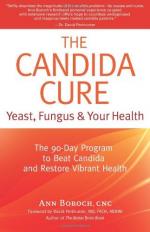|
This section contains 228 words (approx. 1 page at 300 words per page) |
Yeast is a unicellular fungus. There are many different species of yeast, but the majority of them are acomycetes. They all reproduce by a process of budding and they all have the ability to ferment sugars. Yeasts are a rich source of protein and vitamins, particularly of the B complex. There are two main industries that revolve around the use of yeast and their metabolic products. The first of these industries is baking, where carbon dioxide from the breakdown of sugar bubbles through the dough, making the bread rise. The second industry is the alcohol industry where the sugar is turned to alcohol by the action of the yeast.
One of the most common species encountered both in bread and alcohol production is Saccharomyces cerevisiae. Historically, this species has also been used in genetic research; it contains 17 linkage groups, which have some 150 known mutants associated with them. Mitochondrial mutants have also been extensively studied. Many other species of yeast exist and some companies have their own species that they use for the production of alcohol. (Different yeasts supposedly impart radically different tastes to alcohol.)
Yeasts are not a formal taxonomic group, but a growth form shown by a widely unrelated group of organisms. Some filamentous forms of fungi will show a yeast form under certain conditions. There are between five and six hundred species of yeast.
|
This section contains 228 words (approx. 1 page at 300 words per page) |


